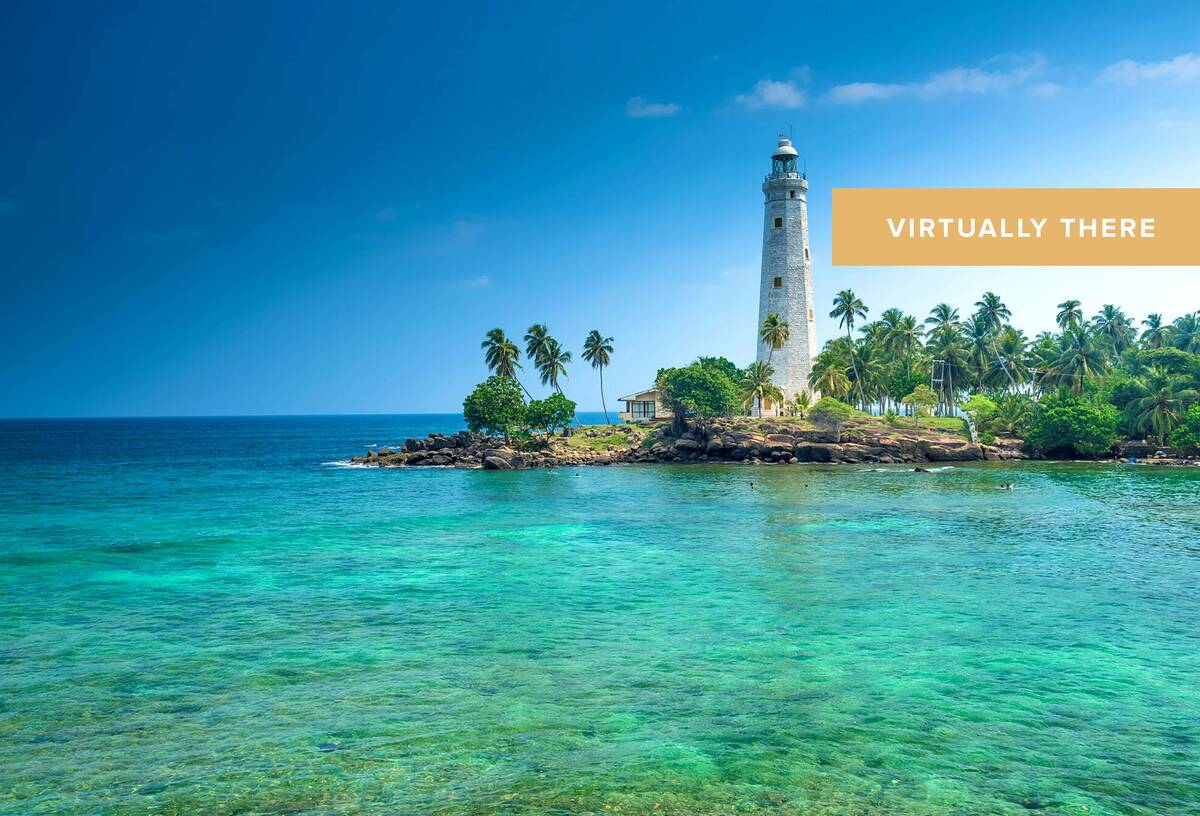A Saint’s Head In The Basilica Cateriniana San Domenico, Siena
When compared to the staggeringly attractive Duomo di Siena, the Basilica Cateriniana San Domenico looks almost common, more medieval and castle-like, yet pretty as one takes in those familiar green hills and tall emerald-coloured trees that are so quotidian in Tuscany. And the congregate, made up of locals and priests, perhaps because of their faith, or an intense reverence, rarely make it past the bare walls that surround the wooden pews, and so rarely see the atmospheric and ornate chapel in the back of the church. But in that chapel, amongst vivid frescoes and a pretty tiled floor lies one of The Church’s most intensely macabre artefacts: the decapitated head of Saint Catherine of Siena. Her head, still wrapped up in her nun’s wimple is set inside a reliquary and looks out from behind stark metal bars that form the central piece of a shrine. And around her, candles and incense burn just feet from fresh flowers, creating an eerie yet ceremonious atmosphere. And while her thumb is displayed close by within the same chapel in a small circular reliquary topped with a cross, the rest of her body rests beneath the altar of the Basilica of Santa Maria Sopra Minerva — Rome’s only gothic church.
Also in Siena: the Museo Anatomico at the University of Siena, home to a vast collection of skulls and anatomical specimens.





















Comments